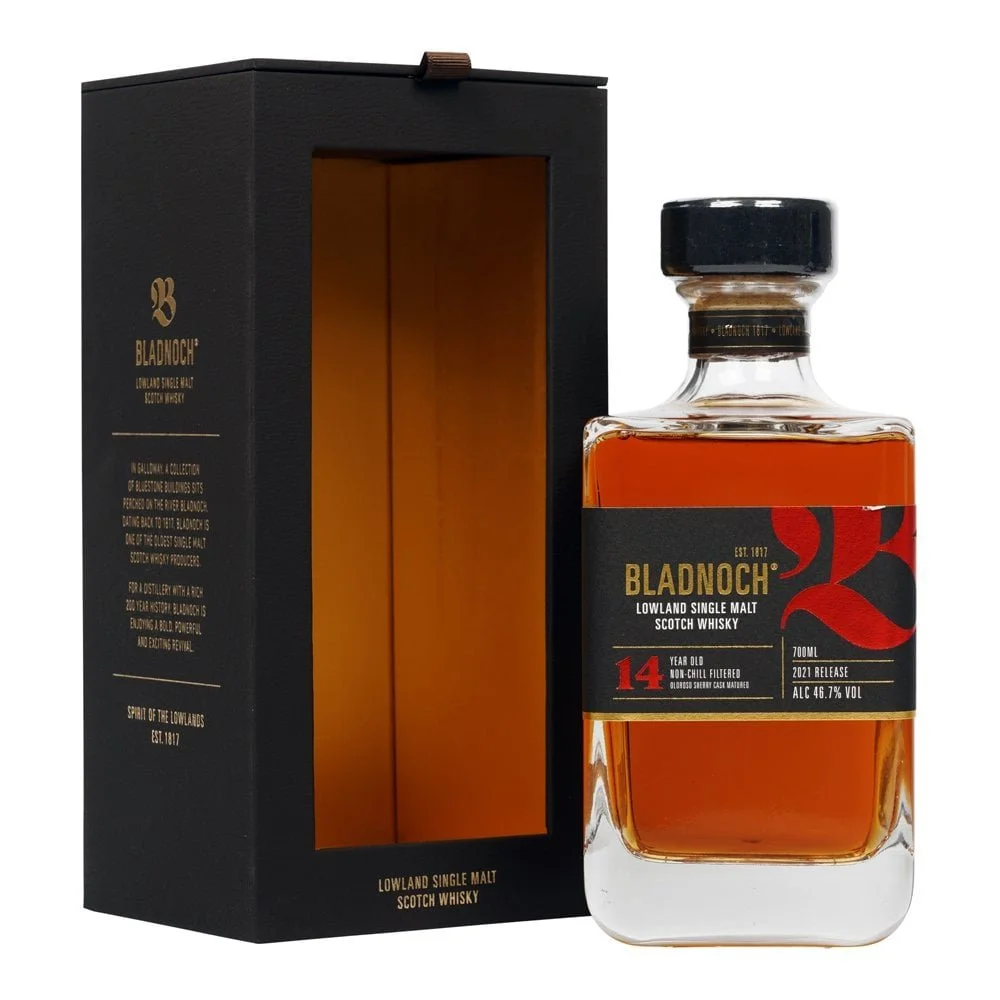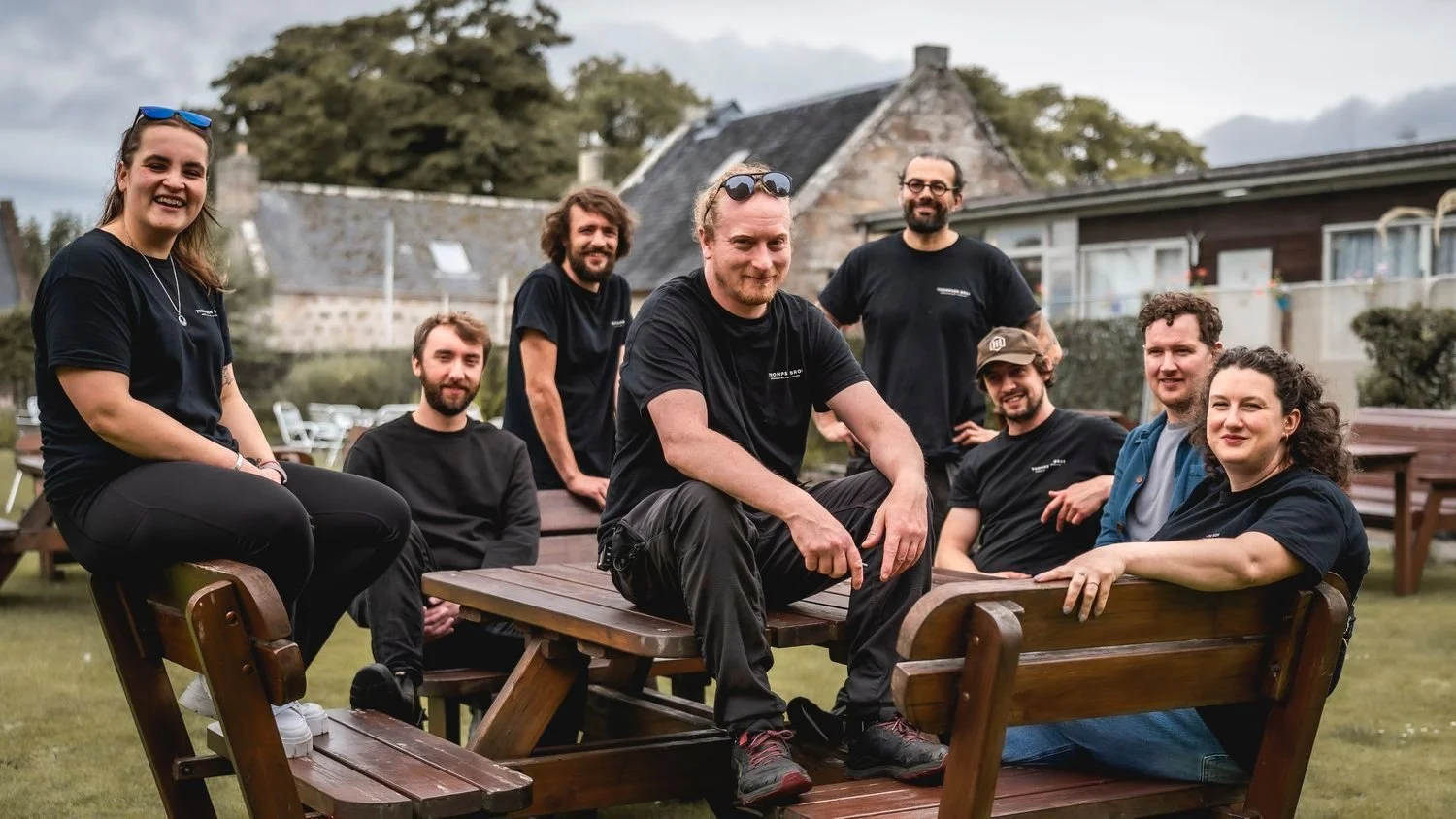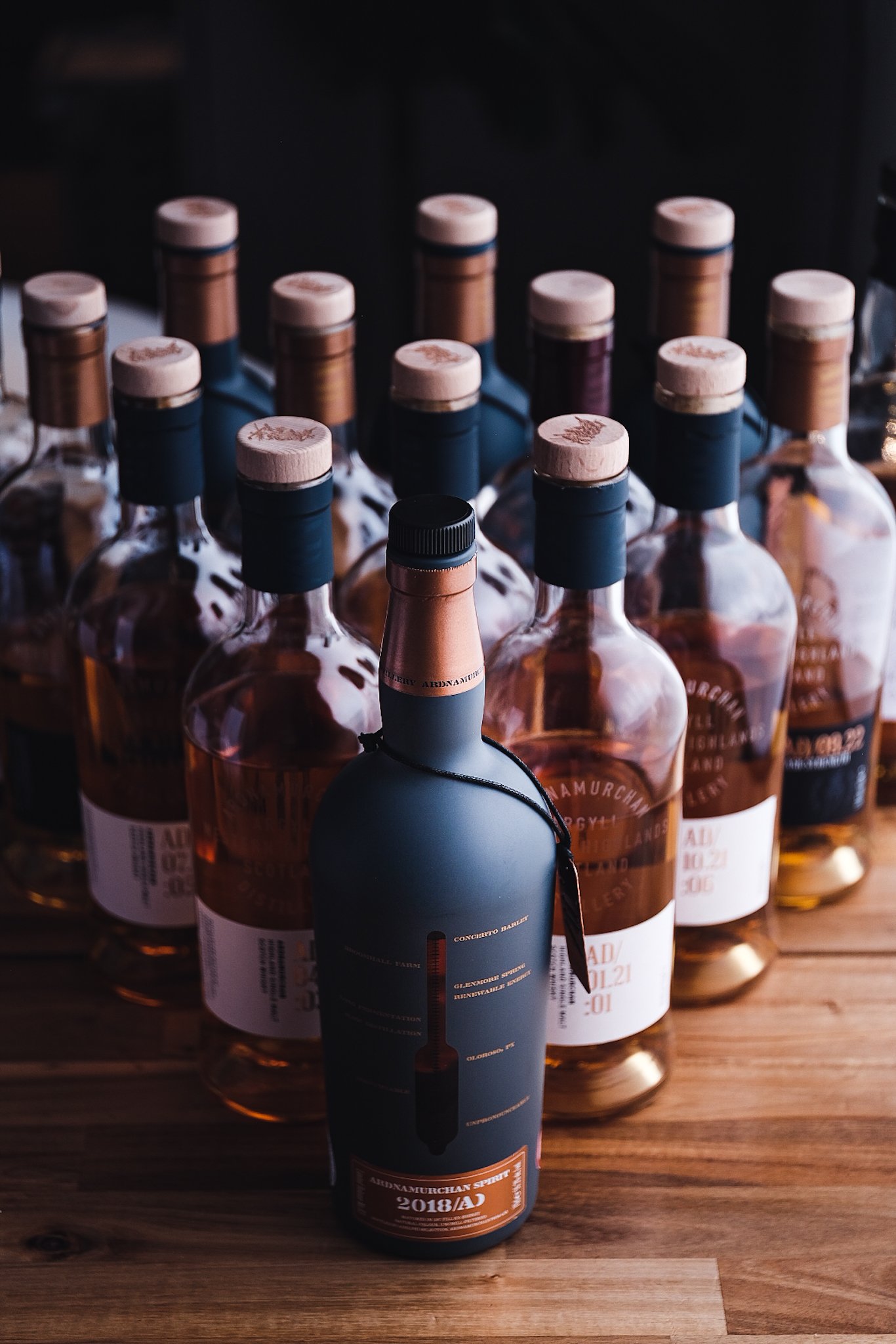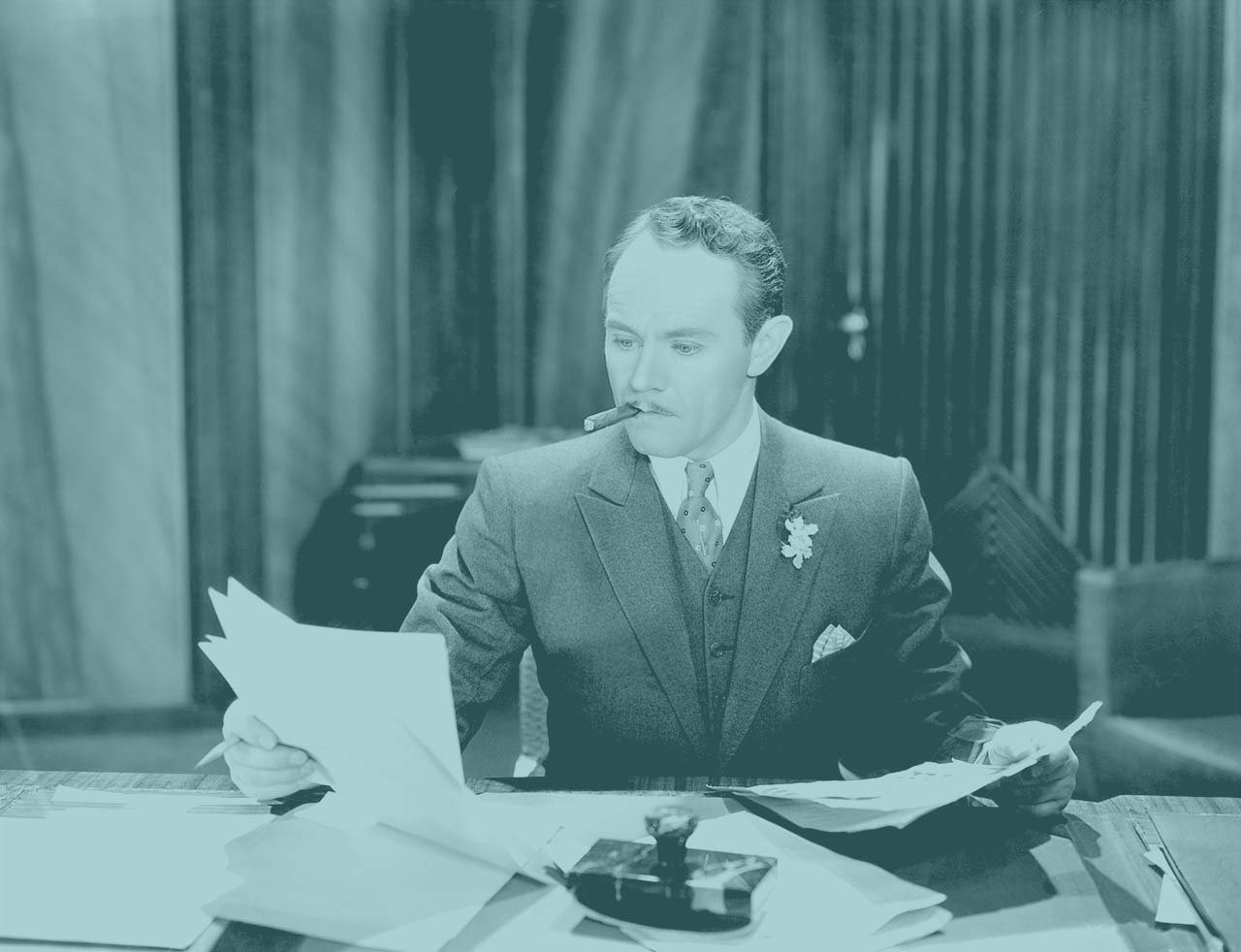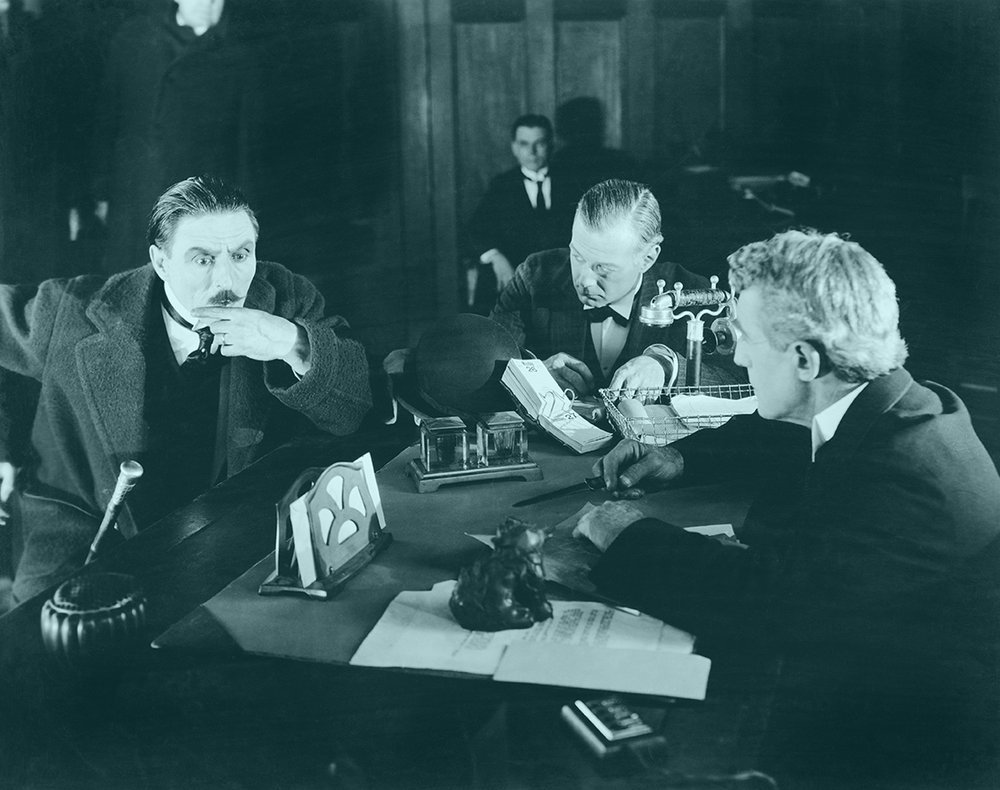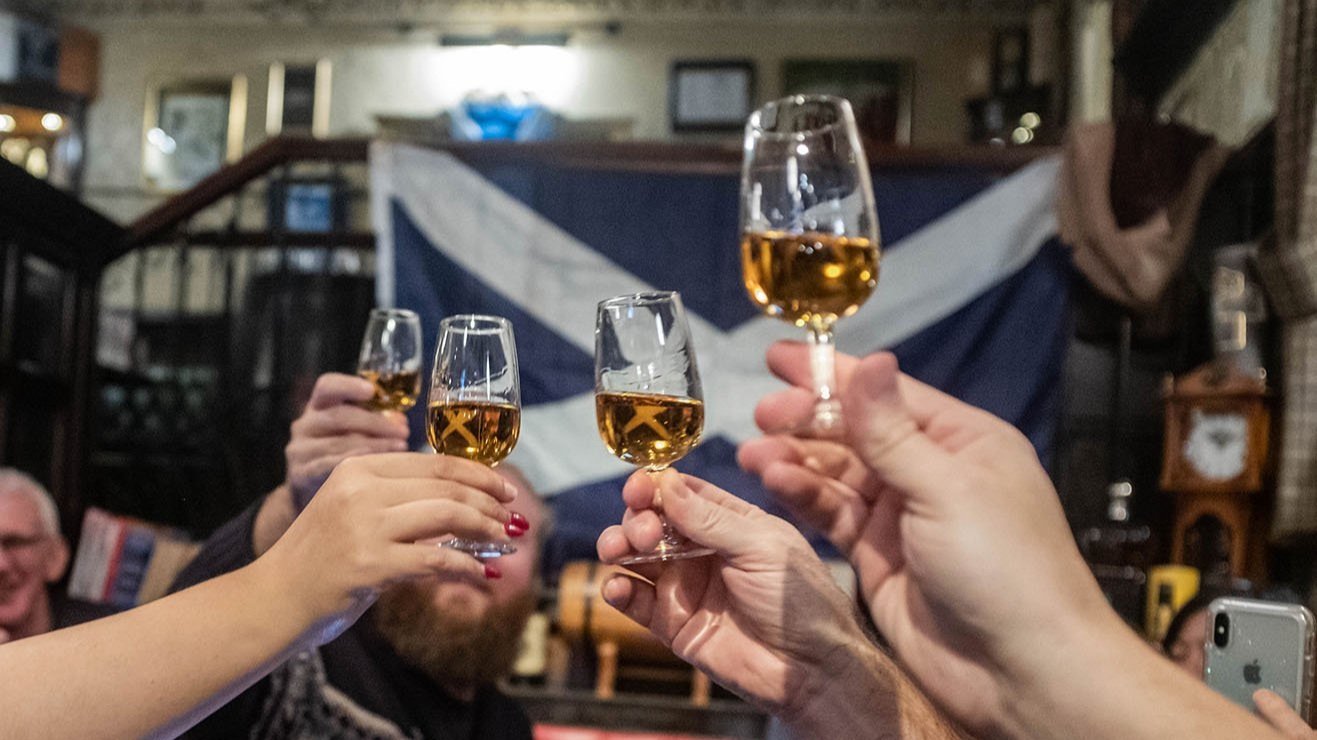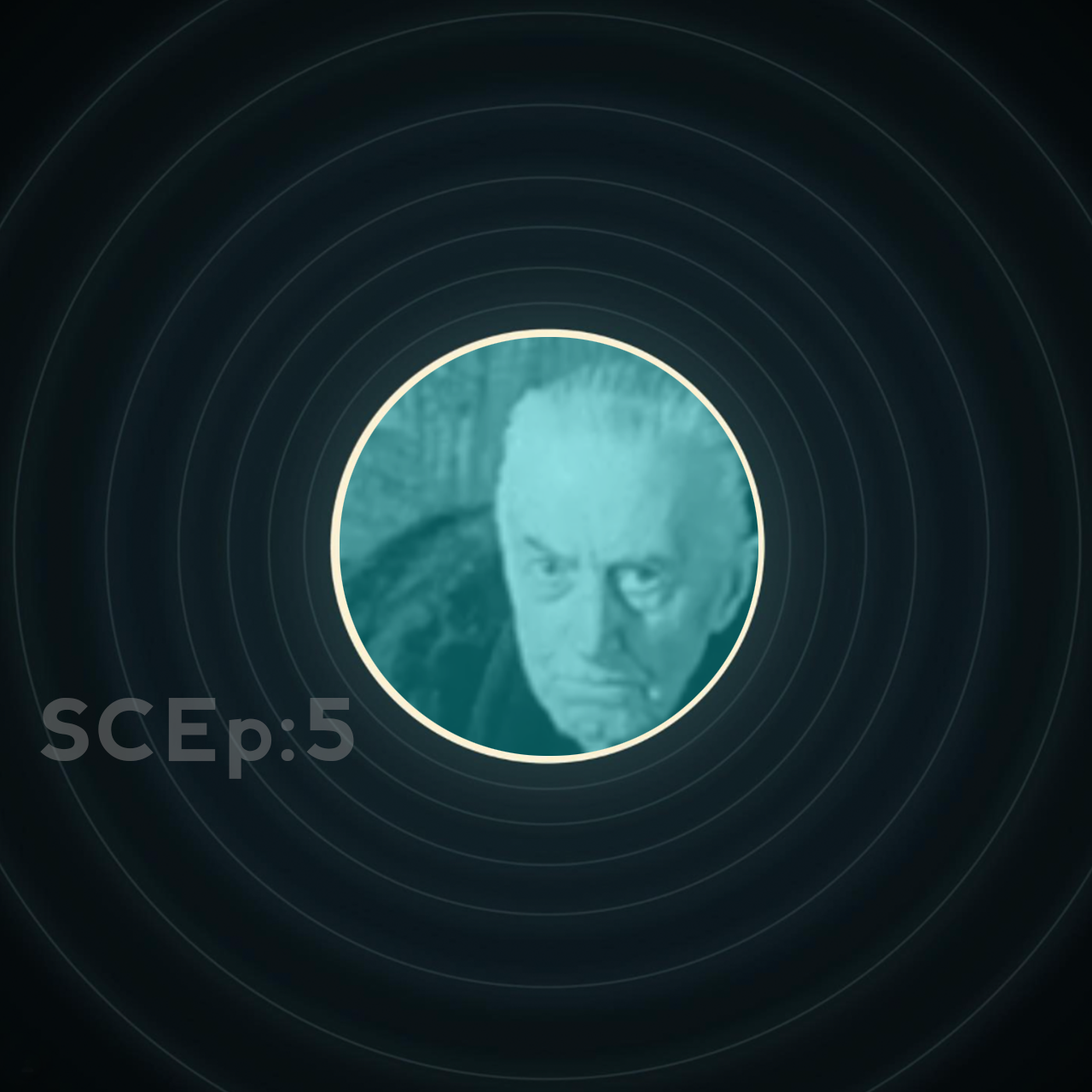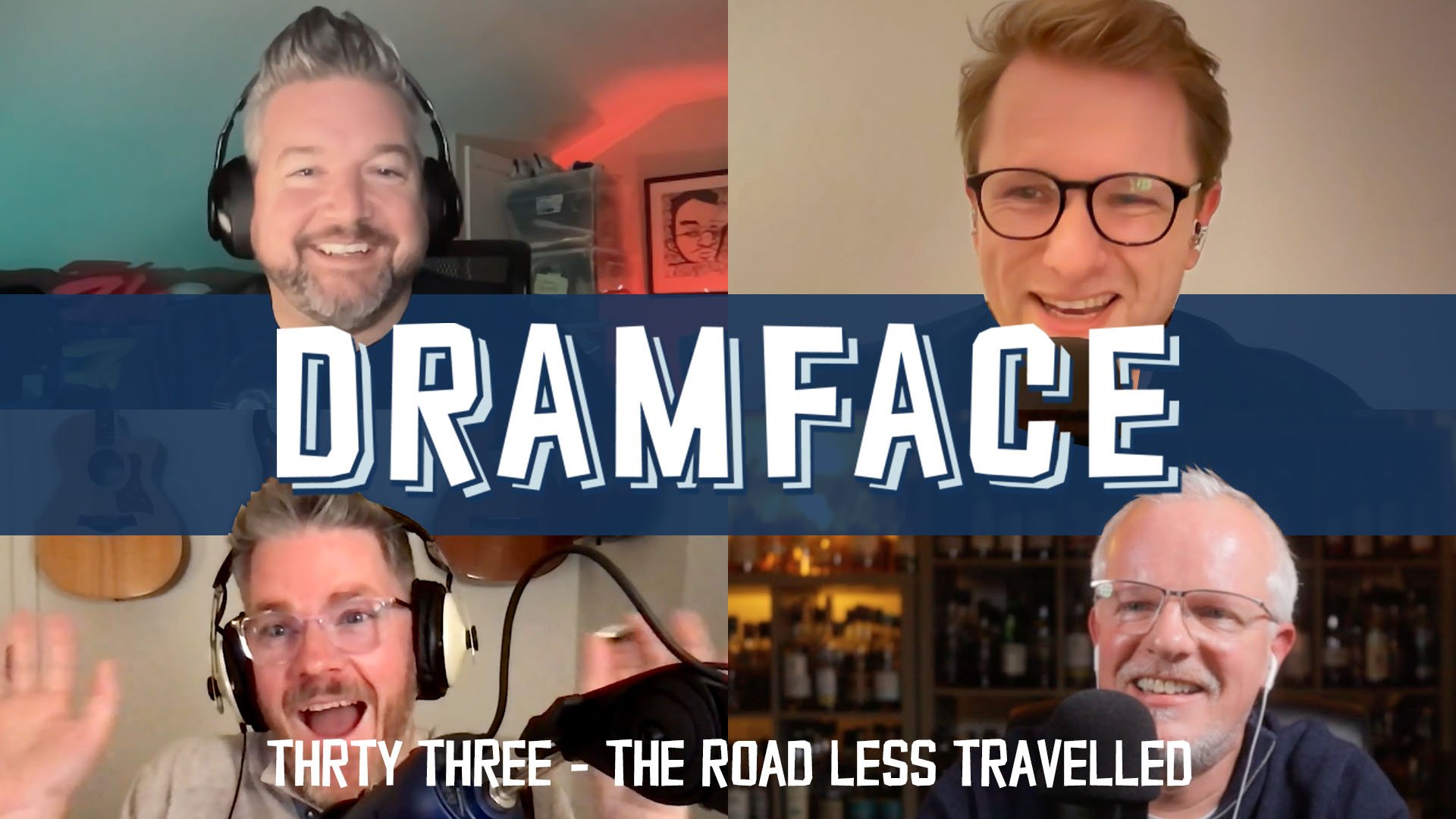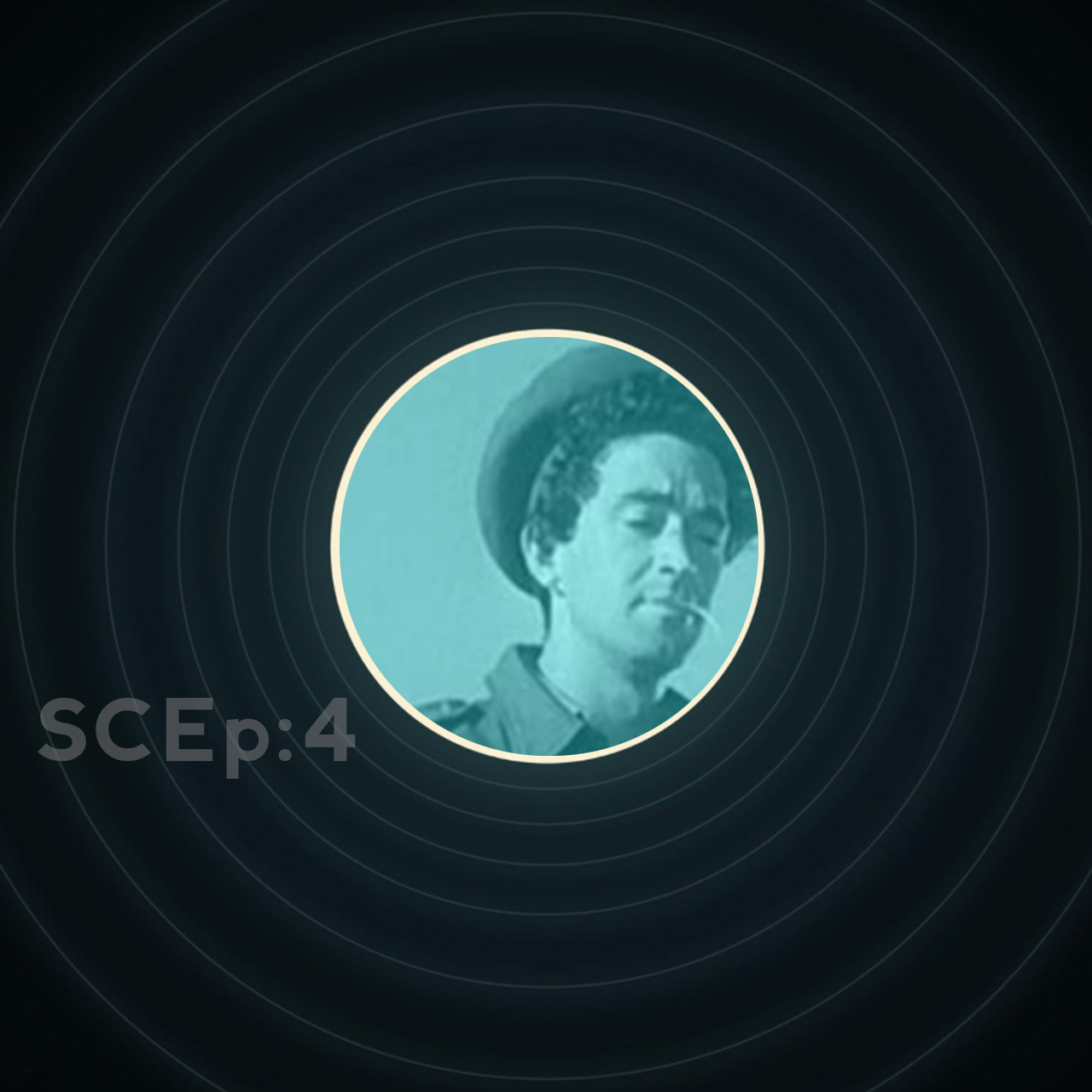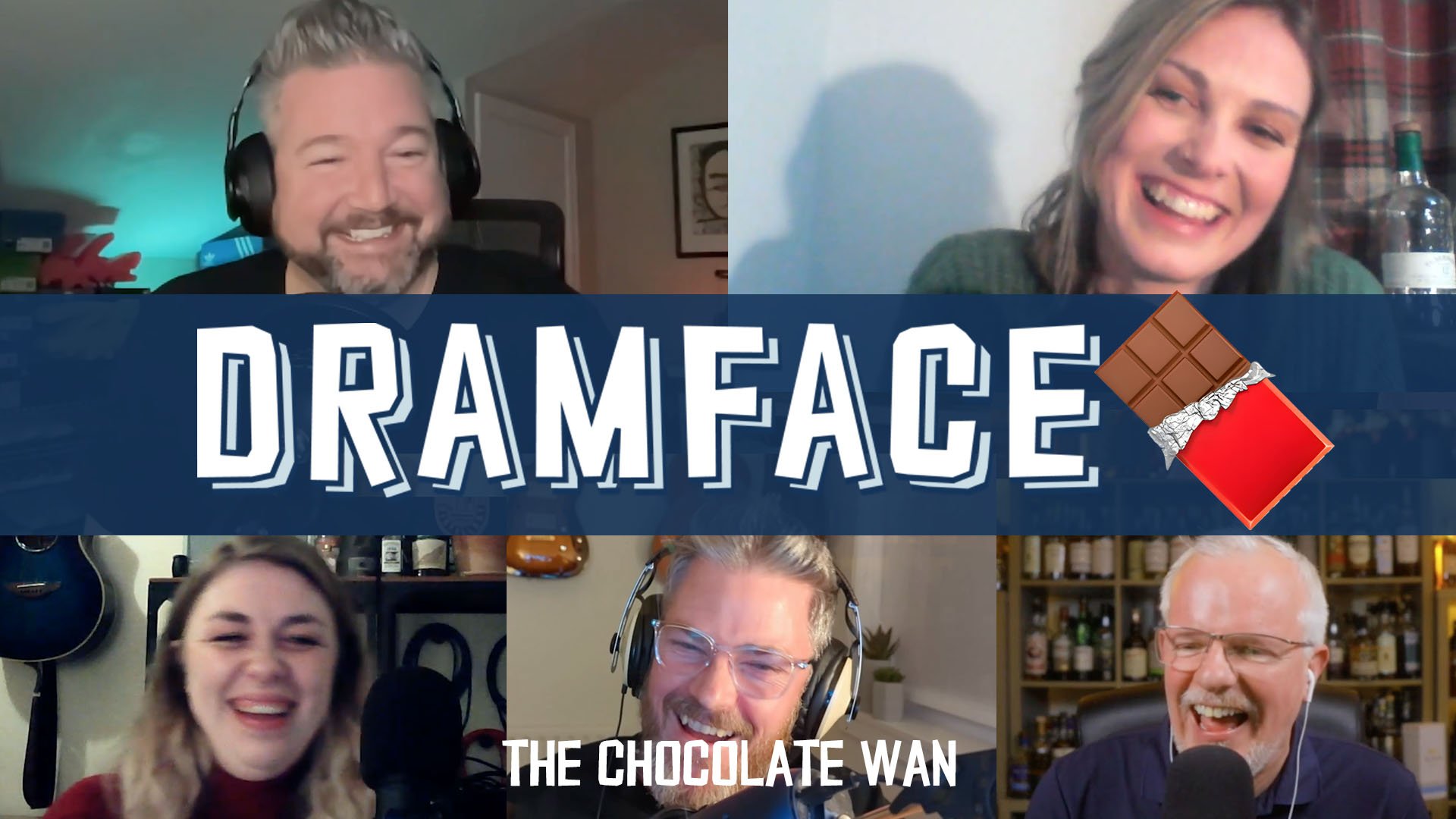Bladnoch 14yo
Official Bottling| 46.7% ABV
Score: 6/10
Good Stuff.
TL;DR
When we’re talking about premium whisky brands, all too often the only thing being ‘premium’ is the price tag
What Cuts It In Today’s Whisky Market?
Where do you set the bar when it comes to whisky prices? Let me rephrase that: at what point does that whole mental process of “should I or shouldn’t I?” kick in when you stumble upon a whisky that‘s perhaps a bit salty in the price department? Let me rephrase that again: would you be comfortable paying around £100 for a bottle of 14 yo, core range whisky? Factor in that it’s natural colour, un chill-filtered and bottled at a respectable 46.7% ABV. While perhaps not completely outrageous, I think many will agree it seems to be stretching the concept of “reasonably priced” a fair bit.
And yet, it’s the RRP for a bottle of Bladnoch 14. That’s not cheap, and with a price tag like that, it means we’ve past the point of judging it as a 14 yo whisky, but are holding it against some of its £100 peers from the the likes of Glenturret 15 cask strength, Glencadam 18, Tomatin 21, Glenmorangie 19, Compass Box No Name, or a 3cl sample of Talisker 18, to name but a few.
So, if you’re setting your 14 year old single malt in that price category, you’re doing two things:
First, you’re building up expectations. Is it really worth forking out 100 quid for? And secondly, it could very well put people off, especially those who’ll happily pick up two bottles of Clynelish 14 for that price.
In case you missed it, there’s a bit of a whisky boom happening at the moment, and it’s not as if we’re strapped for choice. So while £100 for a 14 year old whisky might be right up the alley of the conspicuous customer out there, the more conscious and sensible consumers among us might pause and consider the options and alternatives as well.
£100 for a 14 year old whisky rarely qualifies as a bargain.
Luckily, there is a third way – the way of the bottle splits, where you pitch in with a group of people to buy a bottle and sample it – happy to be able to taste a whisky you otherwise wouldn’t be comfortable with splashing the cash on. This is exactly what yours truly did.
You see, Bladnoch is an interesting distillery, making some rather decent whisky. Despite being rebranded, it’s still a bit of an overlooked distillery. Not even three decades ago it was all but gone after being made obsolete by then owner United Distillers in 1993 and it looked like it was about to become yet another footnote in the history of Scottish distilleries.
“Perhaps the reason price is all your customers care about is because you haven’t given them anything else to care about.”
A change in ownership further stipulated that under no condition Bladnoch would be allowed to produce any more whisky, which meant somewhere along the line bulldozers would be ready to head in, as the plans to convert the place into holiday homes were in their final stage.
Those potential moves fired up the local community who dreaded the thought of their local pride being demolished. They persuaded new owner Raymond Armstrong to renegotiate the deal with what had by then become Diageo and a new agreement was made where the distillery could survive and the prospect of doing business with the previous owners in terms of exchanging stock was back on the table. In 2014, Bladnoch was sold again, this time to Australian businessman David Prior, who made his fortune in the yoghurt business. He invested in replacing some of the equipment, brought in decades of experience in the person of Ian MacMillan (succeeded in 2019 by Nick Savage of Macallan fame) and the distillery was steered into its current course as a ‘premium Scotch whisky brand’.
Review
Matured in Oloroso sherry casks, 46.7% ABV
£90-£100 widely available
That’s an entirely fair and valid marketing strategy. If you’re catering for and aiming at a customer with a higher disposable income, that’s of course absolutely fine. However, to make it work there needs to be a bigger picture. Be it a story of provenance or pedigree, like with Macallan, (who are, granted, milking it to the limit) or to a lesser extent, and slightly more artificial, like Glenturret did with Lalique (or the other way round). It may even be a story of star quality/showmanship as is the case with Dalmore and Richard Paterson. Most important of all: the quality needs to be on par as well. Fancy bottles and three-digit price tags alone won’t cut it in today’s market. This may seem logical, but premiumising on the one hand and making sure your quality is next level on the other, is anything but a given. Just because you slap an £80,000 price tag on a Vauxhall Astra doesn’t mean it automatically becomes a competitor to a BMW M5. I’m not suggesting Bladnoch is guilty of neglecting any of these things, but I think they might struggle a bit selling their story as a premium brand.
Nose
Interesting mix of light grassy and floral notes with those heavier sherry cask notes. The lighter floral elements of lavender and violets seem to put those classic sherry cask notes of sultanas and wood spices on a leash. Give it time and it opens up nicely. A soft wood note moves into chocolate married with rosewater. There’s also baked apples and soft citrus notes. Nothing overly sweet or overpowering here and an interesting development.
Palate
Slightly bitter, the spices (cinnamon and baking spices) and raisins are far more prominent now, meaning those floral-grassy-herbaceous notes are still there, but are now playing second fiddle. The oak note is there as well, making for a dry, medium full mouth-feel. A gentle drop of water brings out the sweetness from red fruits and apples before turning into a warm, dry finish with a soft sweetness, gentle oak and a faint salinity.
The Dregs
This puppy is quite impressive on the nose, showing a lovely complexity, plenty of layers but without ever becoming overly busy. While the palate is still pretty decent, all in all I feel it’s a bit more closed and not balanced. Definitely an interesting whisky, but one to try at a bar or at a festival, as you’re not, in my honest opinion, getting a £100 worth of whisky. Hooray for bottle splits, indeed.
Score: 6/10
Tried this? Share your thoughts in the comments below. EA
Other opinions on this:
Got a link to a reliable review? Tell us.
-
Dramface is free.
Its fierce independence and community-focused content is funded by that same community. We don’t do ads, sponsorships or paid-for content. If you like what we do you can support us by becoming a Dramface member for the price of a magazine.
However, if you’ve found a particular article valuable, you also have the option to make a direct donation to the writer, here: buy me a dram - you’d make their day. Thank you.
For more on Dramface and our funding read our about page here.

